Just In
- 12 hrs ago

- 13 hrs ago

- 13 hrs ago

- 14 hrs ago

Don't Miss!
- Sports
 MI vs CSK: What happened when Mumbai Indians played against Chennai Super Kings in IPL 2023
MI vs CSK: What happened when Mumbai Indians played against Chennai Super Kings in IPL 2023 - Finance
 1:1 Bonus, Rs 60.60/Sh Dividend: Tata's IT Stock To Rise By Rs 1,100 Ahead; Dividend Announcement On April 23
1:1 Bonus, Rs 60.60/Sh Dividend: Tata's IT Stock To Rise By Rs 1,100 Ahead; Dividend Announcement On April 23 - Lifestyle
 Happy Bengali New Year 2024 Wishes: Poila Baisakh Greetings, Messages, Images, Twitter, And Instagram Status
Happy Bengali New Year 2024 Wishes: Poila Baisakh Greetings, Messages, Images, Twitter, And Instagram Status - News
 PM Modi, Tamil Nadu CM MK Stalin Condemn Attack, Wish Good Health To Andhra Pradesh CM Jagan Mohan Reddy
PM Modi, Tamil Nadu CM MK Stalin Condemn Attack, Wish Good Health To Andhra Pradesh CM Jagan Mohan Reddy - Movies
 Will Yeh Rishta Kya Kehlata Hai Go OFF Air After 15 Years? Rajan Shahi's Statement Goes Viral
Will Yeh Rishta Kya Kehlata Hai Go OFF Air After 15 Years? Rajan Shahi's Statement Goes Viral - Education
 Discover the Top Medical Universities Abroad for Your Future Success
Discover the Top Medical Universities Abroad for Your Future Success - Technology
 The Google Pixel 8a Has Leaked in All Four Gorgeous Colors - Check Them Out!
The Google Pixel 8a Has Leaked in All Four Gorgeous Colors - Check Them Out! - Travel
 Hanuman Jayanti 2024: Visit Anjanadri Hill, the birthplace of Lord Hanuman near Hampi, Karnataka
Hanuman Jayanti 2024: Visit Anjanadri Hill, the birthplace of Lord Hanuman near Hampi, Karnataka
Engine Terminology 101 — Commonly Used Engine Terms Explained
What does cc stand for? Why is engine capacity measured in cc or in litres? What effect does engine capacity have on power or torque output? Here are the answers to these questions.
What does cc stand for? Why is engine capacity measured in cc or in litres? What effect does engine capacity have on power or torque output? If these are some questions that plagued you at some point or another, here are your answers.

Every engine, powering every car or motorcycle has a capacity to displace/burn some air and fuel. This capacity is measured in cubic centimetres (cc).
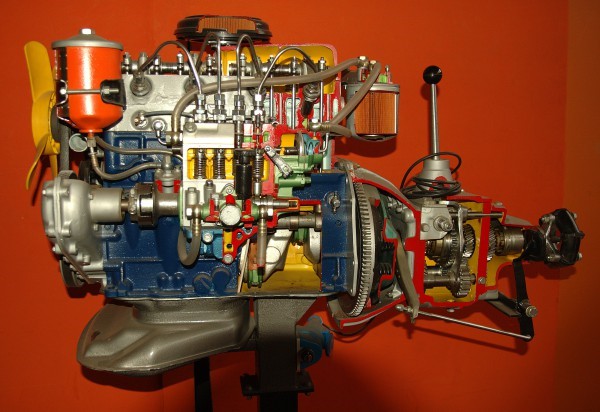
What Is A Cubic Centimetre?
A cubic-centimetre is a unit used to measure volume/capacity of a container or in automotive terms, a cylinder. It is equivalent to the value of 1cm x 1cm x 1cm.
A centimetre (1cm) is used to measure length and a square-centimetre is used to measure area (1cm x 1cm) while a cubic-centimetre is used to measure volume (1cm x 1 cm x 1cm).
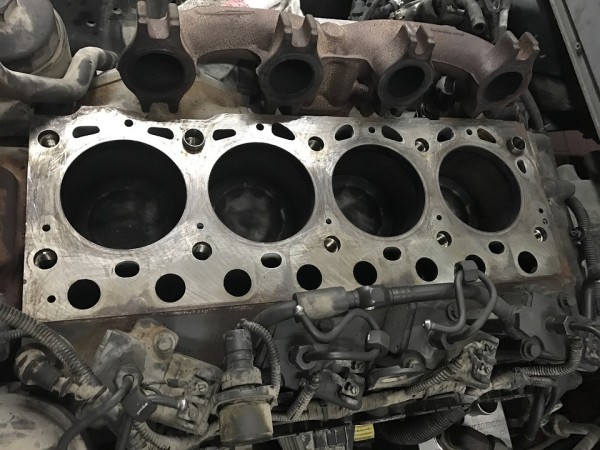
The same logic can be applied to an engine through this example:
The length of the stroke can be measured in centimetres. The area of the piston surface can be measured in square-centimetres. The volume or the capacity of the cylinder when the piston is at the bottom is measured in cubic-centimetres.
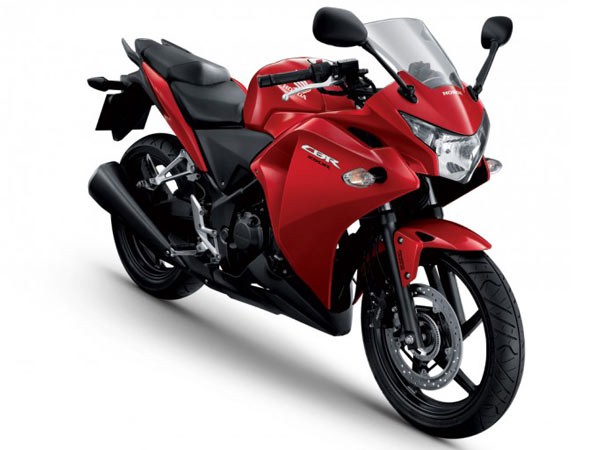
What Is Displacement?
Displacement is the total volume of air and fuel burnt in an engine cycle. Displacement differs with the number of cylinders being employed in an engine.

A single-cylinder 250cc motorcycle's displacement is equivalent to its cubic capacity. If it is an engine made up of four 250cc cylinders, it's displacement will be 1,000cc.

Why is engine capacity measured in litres or cc?
One would often find manufacturers speaking of engine displacement in terms of litres. The Maruti Suzuki Swift is powered by a 1.2-litre petrol engine and the Toyota Fortuner is powered by a 2.8-litre diesel engine.
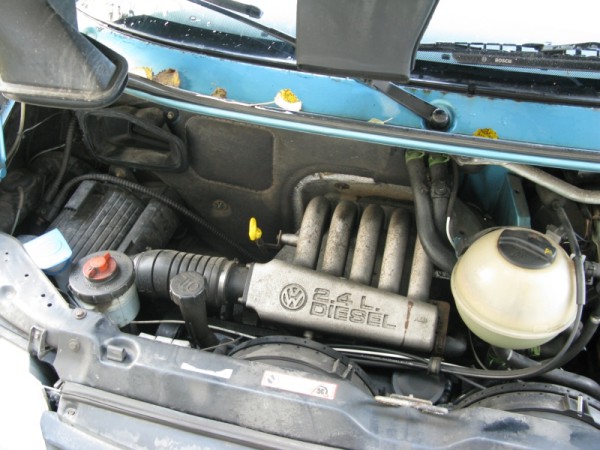
An engine's displacement is rounded off in terms of litres, most often because it is the most common measure of volume.

Are CC And ML The Same?
A cubic-centimetre and a milliliter are essentially the same. They are just different names for the same measure of volume. This is the main reason for an engine's displacement to be reiterated in litres.

How Does Engine Capacity Affect Power Output?
An engine's power and torque output is directly affected by its displacement. An engine with lower displacement is naturally supposed to have a power and torque output that is lower.

This rule however has changed over time and an engine's output is affected by several other factors. Compression ratio is one of the main influencing factors when it comes to power and torque output.

What Is Compression Ratio?
Compression ratio is the ratio of volume between the the volume of the cylinder when it is at the bottom of the cylinder and when it is at the top of the cylinder after compressing the gases inside.

As an example, if a cylinder has a capacity of 100cc with the piston at the bottom, and 10cc when the piston has moved up and compressed the gases, it has a compression ratio of 100:10. This, when fractionally reduced becomes 10:1.

How Does Compression Ratio Affect Power Output In An Engine?
The higher the compression ratio, the more power output an engine will have. This is best explained with an example.

A KTM 390 Duke has a displacement of 373.2cc. It has a power output of 43bhp and a compression ratio of 12.6:1.

On the other hand, a Royal Enfield Classic 500 has a compression ratio of 8.5:1. Though it has a higher engine displacement of 499cc, the lower compression ratio allows it to produce only 27.2bhp.

The Bajaj Dominar 400 uses the same basic engine as a KTM 390 Duke but in a different configuration. Though it has the same engine capacity as the 390 Duke, it produces around 8.5bhp lesser than the KTM. This can primarily be attributed to the lower compression ratio of 11.3:1.

Superbikes like the Yamaha YZF-R1 which produce extremely high outputs have compression ratios going above 13:1. Low compression ratio is also the reason for the world's first automobile to have a low power output of 0.9bhp despite having a 954cc single-cylinder engine.

Compression ratio is largely dependent on the build quality of engine parts. With stronger engine components, manufacturers and tuners can squeeze out more power.
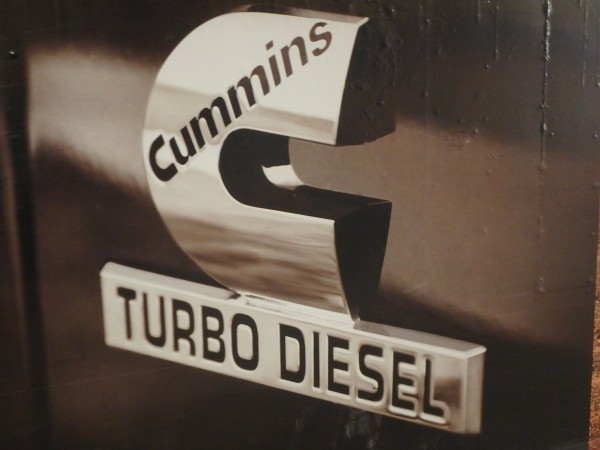
Naturally Aspirated Or Forced Induction?
This is yet another major influencer on the power output of an engine. Turbocharged and supercharged engines are known to produce more power and torque irrespective of engine capacity.
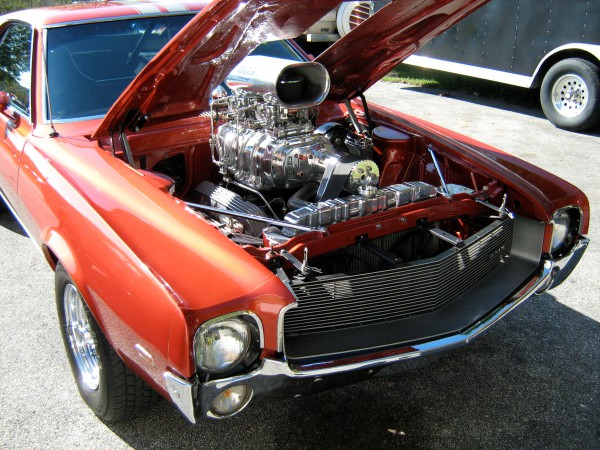
Turbochargers and superchargers compress air and squeezes more air into the cylinders. Since more air is taken in than in a naturally aspirated intake stroke, the engine ends up producing more power and torque.
Also Read: Why Do Diesel Engines Produce More Torque Than Similarly-Sized Petrol Engines?

DriveSpark
Thinks!
Terms such as these are used by several thousand people on a daily basis, but most of them do not know what it actually means. Though they look complicated, they are pretty simple to understand.



 Click it and Unblock the Notifications
Click it and Unblock the Notifications
















